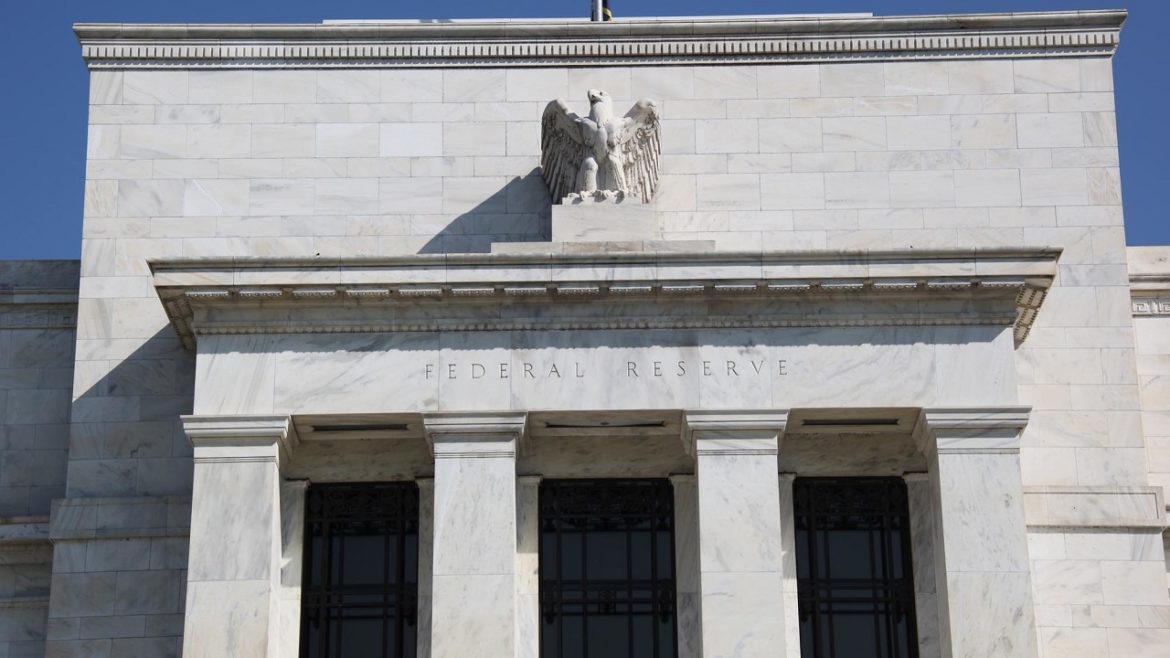Gold has all the potential to go unprecedentedly high. But silver will be gold on
Site:
Precious metals news
"In the Fed’s current floor system, the rate of IOR is the key tool of monetary policy. If the Fed raised the rate of IOR, then it raised interest rates." ~ Thomas L. Hogan
Economists and business executives now say supply-chain disruptions, key labor shortages and resurgent demand driven by multiple rounds of fiscal stimulus will persist through the end of the year, if not longer.
The inflation scare that’s become a major theme in markets is getting fresh momentum from the climate-change battle and the huge economic transformation underway. As governments recognize the importance of climate action and push every corner of the economy to decarbonize, industries from glass to steel to autos are being left with little choice but to...
 Researchers Testing More Than 20 Cities in the US That Hand Out $500 UBI Payments per Month
Researchers Testing More Than 20 Cities in the US That Hand Out $500 UBI Payments per MonthJun 21, 2021 - 08:56:46 PDT
Researchers are testing pilot Universal Basic Income programs that hand out $500 payments per month in multiple cities after the popularity of Andrew Yang's proposal during his presidential run.
The UN rights chief called Monday for “concerted action" to help recover from the worst global deterioration of rights she had seen, highlighting situations in China, Russia and Ethiopia among others. "Extreme poverty, inequalities and injustice are rising. Democratic and civic space is being eroded," she warned.
My article last week on the coming reversal in the silver/S&P 500 ratio was very popular.But I heard from many of you… “What does this same ratio look like for gold?” This week, I answer that.
 Senators Warn of ‘Extraordinary Financial Hardship’ When Federal Student Loan Payments Resume
Senators Warn of ‘Extraordinary Financial Hardship’ When Federal Student Loan Payments ResumeJun 21, 2021 - 07:46:55 PDT
On Monday, Democratic Senators Elizabeth Warren, Tina Smith and Edward J. Markey sent letters to the CEOs of all federal student loan servicers.
What if everyone in the market realizes it's now the moment to front-run the crash?
Let's check in on the market's reaction to the idea that the Fed may "discuss", not do, asset purchase tapering and hike rates.
 Powell Just Launched $2 Trillion In "Heat-Seeking Missiles": Zoltan Explains How The Fed Started The Next Repo Crisis
Powell Just Launched $2 Trillion In "Heat-Seeking Missiles": Zoltan Explains How The Fed Started The Next Repo CrisisJun 21, 2021 - 07:31:34 PDT
Translation: by paying trillions in reserves 5bps, the Fed just planted the seeds of the next liquidity crisis.
Jun 21, 2021 - 07:21:39 PDT
The Federal Reserve’s theme song should be “If we print the money, honey, you’ve got the time … to invest.” Here is a chart of various asset prices since the Covid vir…
Jun 21, 2021 - 07:20:03 PDT
Yesterday’s GDP report was great with real GDP growing at a 6.4% annualized pace. To get 6.4% annualized GDP growth, The Federal Reserve had to print a massive amount of money. Even with a gr…
The markets reacted fiercely to last week's Federal Reserve meeting even though the central bank didn't do anything. Fed Chair Jerome Powell called it the "talking about talking about meeting." But even as the so-called "dot-plot" indicated the Fed might raise interest rates for the first time in 2023 instead of 2024, the central bank held rates at zero and took no action to taper quantitative easing. The rhetoric might have changed, but the actual policy continued unabated.
The markets reacted to last week's Federal Reserve meeting as if the central bank was about to embark on a major monetary policy tightening spree. But as Peter Schiff discussed in his podcast, the Fed is all talk. It can't possibly do what the markets think it might do. In effect, the central bank is running a "no stick" monetary policy. The Fed talking but it's not carrying any kind of stick to back it up.
Gold prices firmed on Monday, after posting a 6% drop last week, as a retreat in U.S. Treasury yields boosted the allure of the non-yielding metal.
Jun 21, 2021 - 05:43:02 PDT
'When crypto falls from trillions, or meme stocks fall from tens of billions, #MainStreet losses will approach the size of countries,' Burry tweeted.
The U.S. Federal Reserve's carefully crafted move last year to a jobs-first monetary policy, touted as giving workers their best chance after the pandemic, is being tested by a potentially table-turning rebound of inflation and what's become a relative rush of policymakers...
The crisis we identified 27 years ago seems negligible given where the debt stands today. The nonpartisan Congressional Budget Office estimated in January 2020 that annual budget deficits will exceed $1 trillion, and that the debt—then hovering at $17.2 trillion—would more than double as a share of the economy over the next 30 years. These numbers don’t take into account $65 trillion of unfunded liabilities for Social Security and Medicare.
 New Report: US Housing Market Needs 5.5 Million More Units. Guess What Stands in the Way?
New Report: US Housing Market Needs 5.5 Million More Units. Guess What Stands in the Way?Jun 21, 2021 - 05:36:45 PDT
These shortages, it must be emphasized, are not naturally occurring. Rather they almost always trace their origins back to bad government policies and intervention into the free market. Affordable housing plans will never make housing cheaper, they’ll just leave us with the bill for the mess government created.
Bidding wars. All-cash offers. Homes selling for $1 million over asking. The housing boom has officially reached the ridiculous stage.



























